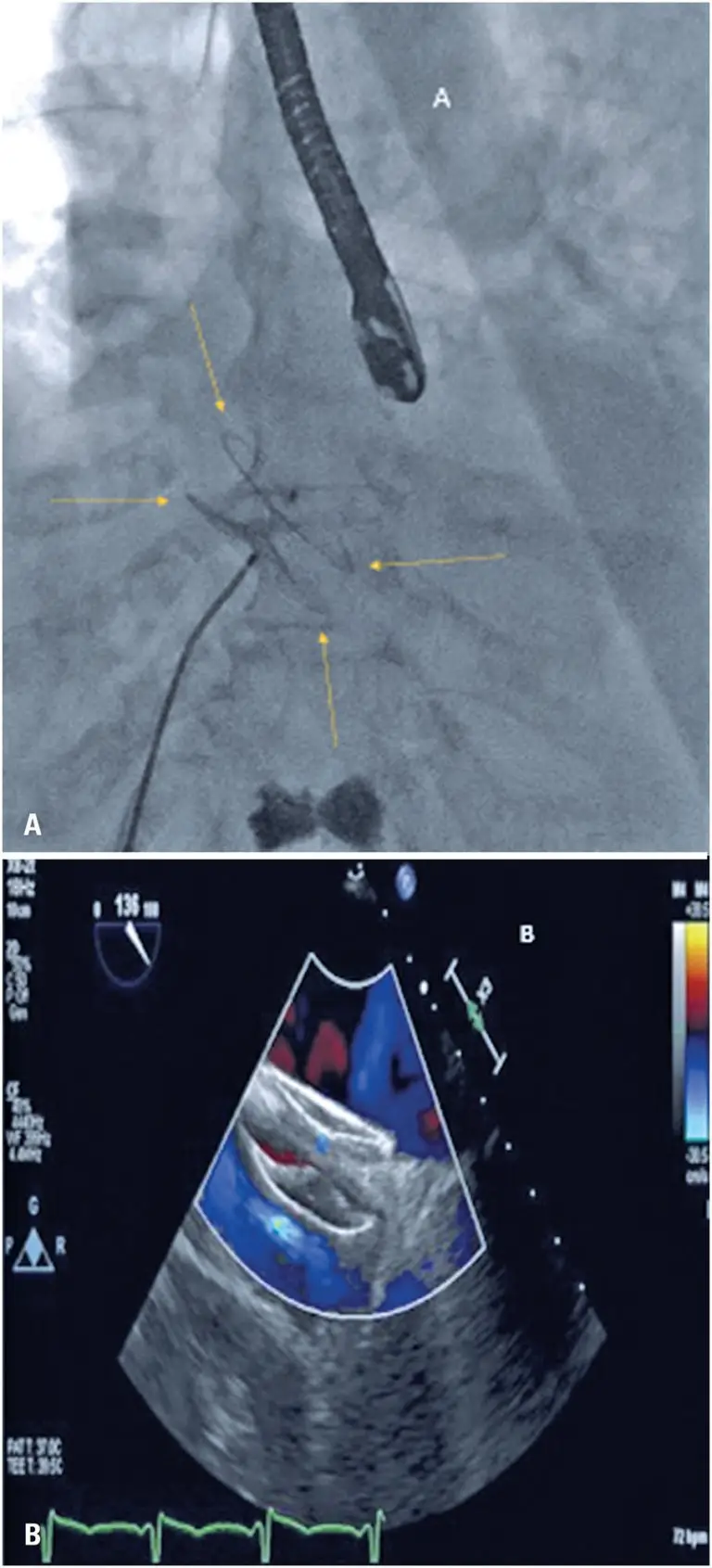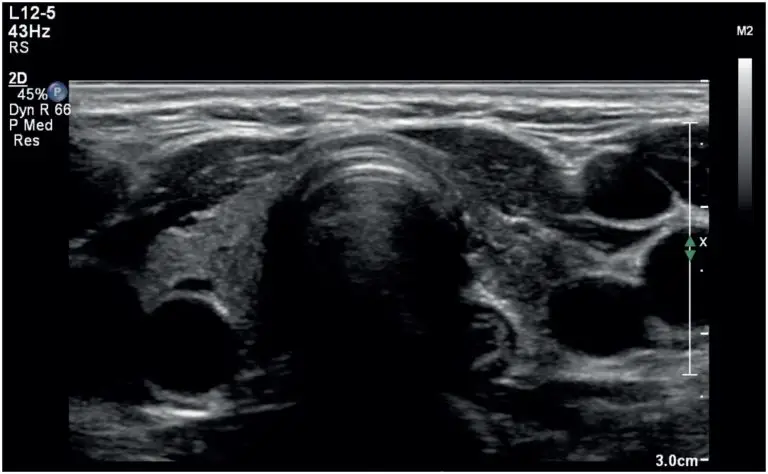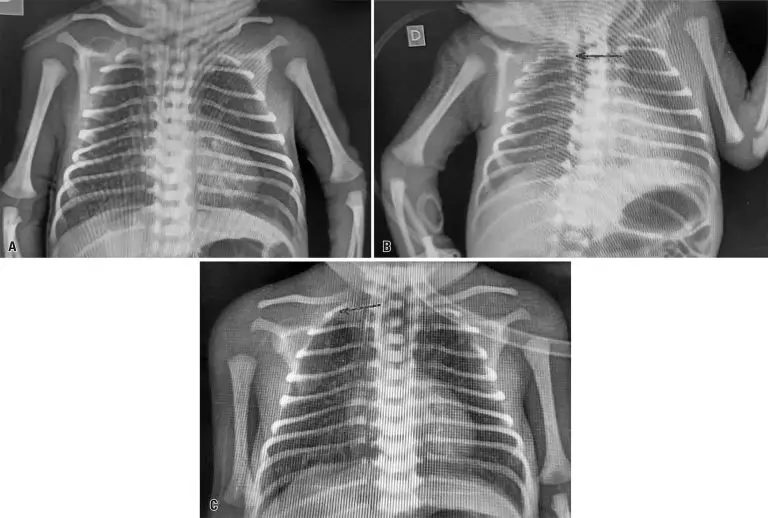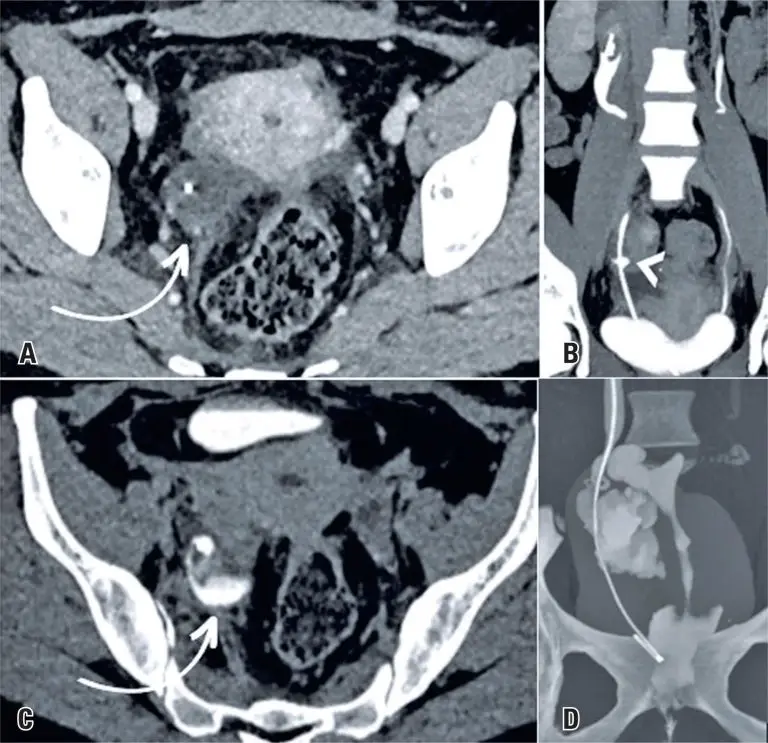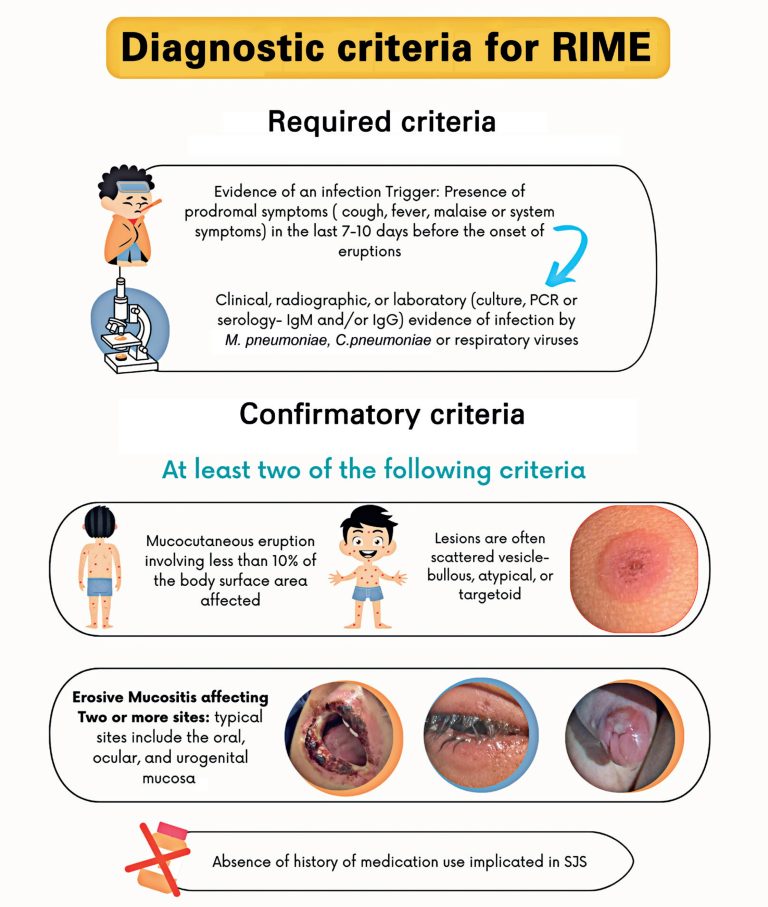03/Oct/2025
Raynaud’s phenomenon during treatment with lisdexamfetamine: risk of cerebral vasospasm?
DOI: 10.31744/einstein_journal/2025RC1439
ABSTRACT Lisdexamfetamine, a prodrug used to treat Attention Deficit/Hyperactivity Disorder in children, adolescents, and adults, is an inactive substance that is converted into its active form (dextroamphetamine) after being metabolized. This conversion primarily occurs in the bloodstream through enzymatic cleavage following active absorption from the gastrointestinal lumen. The active metabolite then stimulates the central nervous system by increasing the levels of dopamine and norepinephrine in the brain. It was discovered in 1996 by New River Pharmaceuticals and approved by the […]
Keywords: Attention deficit disorder with hyperactivity; Attention deficit disorders; Dizziness; Drug therapy; Lisdexamfetamine; Raynaud disease; Vasospasm, intracranial
03/Oct/2025
Percutaneous embolization of lymphatic leakage after pelvic lymphadenectomy
DOI: 10.31744/einstein_journal/2025RC1593
ABSTRACT Lymphatic leakage after pelvic lymphadenectomy is a rare complication. Furthermore, in some cases, drainage is not possible or proves insufficient to resolve this complication. Therefore, more effective and minimally invasive interventional treatments are necessary. Accordingly, this case report presents a case of transafferent nodal embolization in a 50-year-old woman who underwent videolaparoscopic total hysterectomy with pelvic lymphadenectomy. The patient developed high post-surgery vaginal flow due to a lymphatic fistula, which was identified after intranodal lymphangiography and treated successfully via […]
Keywords: Embolization; Lymph node excision; Lymphatic diseases; Morbidity
03/Oct/2025
Platypnea-orthodeoxia syndrome: echocardiography-guided percutaneous treatment
DOI: 10.31744/einstein_journal/2025RC1568
ABSTRACT Platypnea-orthodeoxia syndrome, first described in 1949, is a rare clinical condition characterized by positional dyspnea and oxygen desaturation in the upright position that improves when lying down. Herein, we report the case of an 86-year-old patient who experienced episodes of dyspnea on assuming an upright position, which limited her daily activities. The patient’s oxygen saturation was 82% in the standing position and 91% in the supine position. During diagnostic investigation, a patent foramen ovale was identified using transesophageal echocardiography. […]
Keywords: Dyspnea; Echocardiography; Foramen ovale, patent; Orthodeoxia; Oxygen saturation; Platypnea orthodeoxia syndrome
03/Oct/2025
Refractory late-onset cerebrospinal fluid fistula following mammoplasty: case report of a rare complication
DOI: 10.31744/einstein_journal/2025RC1610
ABSTRACT Mammoplasty is commonly performed under epidural anesthesia combined with intravenous sedation; however, this carries a risk of dural puncture and post-dural puncture headache. Successful treatment is often achieved with opioids, non-steroidal anti-inflammatory drugs, and caffeine. When conservative treatment fails, an epidural blood patch should be performed; this procedure has a high resolution rate. We report the case of a patient who developed a post-dural puncture headache 25 days after elective breast implant replacement performed under thoracic epidural anesthesia combined […]
Keywords: Blood patch, epidural; Cerebrospinal fluid leak; Intracranial hypotension; Mammoplasty; Post-dural puncture headache
13/Aug/2025
Myopericytoma of the thoracic spine in a pregnant woman: a case report on the management of a rare neoplasm
DOI: 10.31744/einstein_journal/2025RC1150
ABSTRACT Myopericytomas are perivascular myoid neoplasms that rarely exhibit malignant characteristics. They usually arise in the dermis or subcutaneous tissue and exceptionally involve deep soft tissues, with spinal localization being rare. We report the case of a previously healthy 32-year-old pregnant woman who presented with pain in the interscapular region and progressive loss of lower limb strength. Magnetic resonance imaging revealed a solid neoplastic mass at the T3 level, with spinal canal invasion and spinal cord signal abnormalities. The pregnancy […]
Keywords: Metastasis neoplasms; Myopericytoma; Pregnancy; Radiotherapy; Spinal neoplasms; Vascular tissue neoplasm
13/Aug/2025
Atrophic hypothyroidism associated with thyrotropin receptor antibodies
DOI: 10.31744/einstein_journal/2025RC1400
ABSTRACT Hypothyroidism is most frequently caused by Hashimoto’s thyroiditis. While thyrotropin receptor antibodies are well-known in Graves’ disease-induced hyperthyroidism, their role in hypothyroidism is emerging. We report the case of a 37-year-old woman with facial and periorbital edema, weight gain, and hoarseness suggestive of hypothyroidism. Elevated thyroid stimulating hormone (TSH; 131mIU/L) and decreased free thyroxine (0.2ng/dL, 2.6pmol/L) levels confirmed this diagnosis. Laboratory findings showed dyslipidemia, impaired renal function, elevated creatine phosphokinase levels, and anemia. Despite negative results for thyroid peroxidase […]
Keywords: Autoantibodies; Hashimoto disease; Hypothyroidism; Long-acting thyroid stimulator; Pregnancy; Receptors, thyrotropin; Thyroiditis; Thyroiditis, autoimmune; Thyrotropin
02/Jul/2025
Cardiac tamponade in a newborn caused by a peripherally inserted central catheter: case report
DOI: 10.31744/einstein_journal/2025RC0634
ABSTRACT This article describes the occurrence of cardiac tamponade in a premature newborn after the use of a peripherally inserted central catheter at a university hospital in Brazil. Pericardiocentesis was performed, the catheter was repositioned using radiography, and minimal residual pericardial effusion was confirmed using echocardiography. The patient showed good progress and was discharged from the hospital on day 47 of life without any complications related to the event. Therefore, although adverse events may occur following the insertion of peripherally […]
Keywords: Cardiac tamponade; Catheters; Infant, Newborn; Infant, premature; Intensive care units; X-rays
10/Jun/2025
Uretero-fallopian fistula after gynecological surgery for endometriosis: a case report
DOI: 10.31744/einstein_journal/2025RC1294
ABSTRACT The increasing use of videolaparoscopy for the complete excision of endometriotic lesions and restoration of pelvic anatomy has helped improve long-term outcomes. However, risks remain, including rare but significant complications such as salpingoureteral fistulas. Early diagnosis using imaging methods enables adequate treatment and reduces the risk of new complications. In this report, we present a case of uretero-fallopian fistula following gynecological surgery for the resection of endometriotic lesions, with intraoperative inadvertent ureteral injury. This case report aimed to highlight […]
Keywords: Fallopian tubes; Gynecologic surgical procedures; Laparoscopy; Magnetic resonance imaging; Postoperative complications; Tomography, x-ray computed; Urinary fistula; Video recording; Wounds and injuries
03/Jun/2025
Treatment of hypercalcemia related to polymethylmethacrylate injection: report of three cases
DOI: 10.31744/einstein_journal/2025RC1377
ABSTRACT Polymethylmethacrylate is a microsphere-based plastic used in aesthetic procedures. However, it can cause granuloma formation and severe hypercalcemia, often accompanied by renal impairment, which is a significant concern. Despite increasing reports, there is no standardized treatment approach for polymethylmethacrylate-induced hypercalcemia, and its incidence remains underreported. In this study, we present three cases of polymethylmethacrylate users who developed severe hypercalcemia that was resistant to conventional treatments, resulting in deteriorating renal function. These patients achieved symptom control with cinacalcet, a medication […]
Keywords: Aesthetic procedures; Cinacalcet; Hypercalcemia; Polymethyl methacrylate; Renal insufficiency
29/May/2025
Mucocutaneous disease: a child with extrapulmonary manifestation of mycoplasma infection
DOI: 10.31744/einstein_journal/2025RC1138
ABSTRACT Mycoplasma-induced rash and mucositis is a distinctive subset of reactive infectious mucocutaneous eruption identified in 2015 to differentiate it from other mucocutaneous disorders such as Stevens-Johnson syndrome, erythema multiforme major, and toxic epidermal necrolysis. Although its pathophysiology is not completely understood, Mycoplasma-induced rash and mucositis is characterized by polyclonal B cell proliferation, production of antibodies against Mycoplasma pneumoniae, subsequent immune complex deposition, and keratinocyte apoptosis. Clinical manifestations include scattered cutaneous lesions and severe mucositis, which predominantly affect children and […]
Keywords: Child; Diagnosis, differential; Erythema multiforme; Exantema; Mucositis; Mycoplasma; Mycoplasma infections; Mycoplasma pneumoniae




